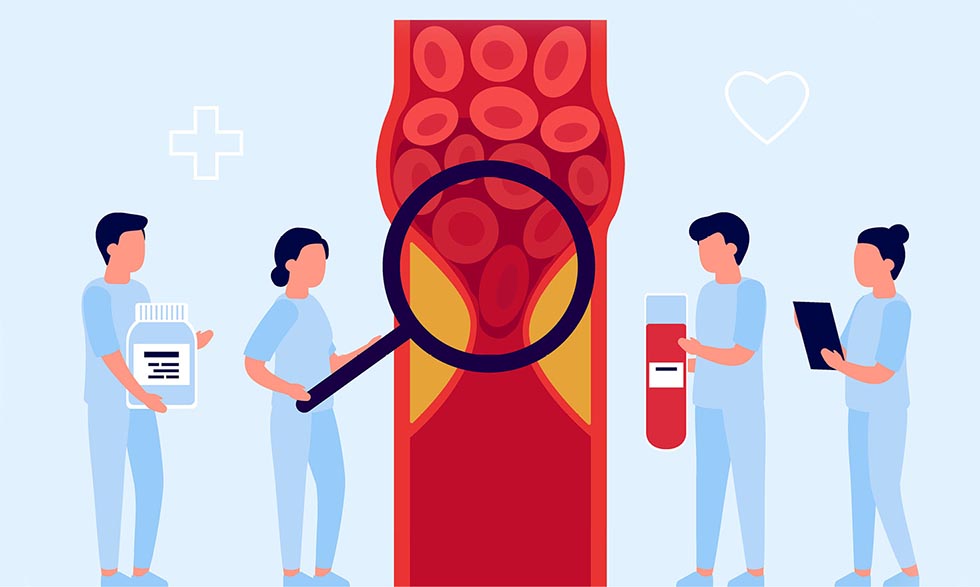Blood clots can form when substances in the blood clump together. While this is a normal part of the healing process, sometimes they form without warning and can block blood vessels. This can prevent blood from flowing to important organs such as the lungs, leading to serious health problems.
The National Heart, Lung, and Blood Institute (NHLBI) leads and supports research on blood clots and clotting disorders in the United States and around the world.
How does this research improve our understanding of blood clots and how to prevent, diagnose, and treat them? Here are a few examples:
- Unraveling clotting disorders. NHLBI-supported research helped pave the way for understanding and treating certain acquired clotting disorders. These disorders can develop because of another disease or condition such as cancer. Researchers are also studying how blood clots form in the body during septic shock and investigating new drugs to prevent them.
- Identifying risk factors for clots and working to prevent them. Researchers are developing new tools to predict who is at greater risk of blood clots. For example, they are studying how birth control methods that contain hormones such as estrogen affect clotting. They are also looking at how to predict who is likely to develop a dangerous blood clot after a traumatic illness or injury.
Find out more about NHLBI’s contributions to blood clots and clotting disorders research.
Recent breakthroughs in blood clots
NIH-funded researchers are making significant progress in understanding and treating blood clots.
A new way to prevent blood clots…that doesn’t increase the risk of bleeding
Blood thinners help prevent clots from forming and growing larger. But they come with an unfortunate side effect—they can also cause bleeding. Could a promising new compound address this problem?
MPI 8 is a new compound that blocks a molecule in the blood called polyphosphate, which plays a role in blood clotting. It was effective at preventing blood clots in mice without causing bleeding. If future research shows that it’s safe and effective, MPI 8 could one day help prevent blood clots and reduce the risk of bleeding in humans.
Children with severe blood clots may benefit from shorter treatments
Kids rarely experience blood clots. But when they do, doctors often look to treatments designed for adults, including how long they need to take blood thinners.
Recent research now suggests that in specific situations, a shorter treatment plan could work just as well for kids. This is a promising step toward more tailored treatments for younger patients.
Get involved by joining a clinical trial!
Many NHLBI studies about blood clotting disorders are currently recruiting participants. Visit ClinicalTrials.gov to learn more about research happening near you and how to get involved.







